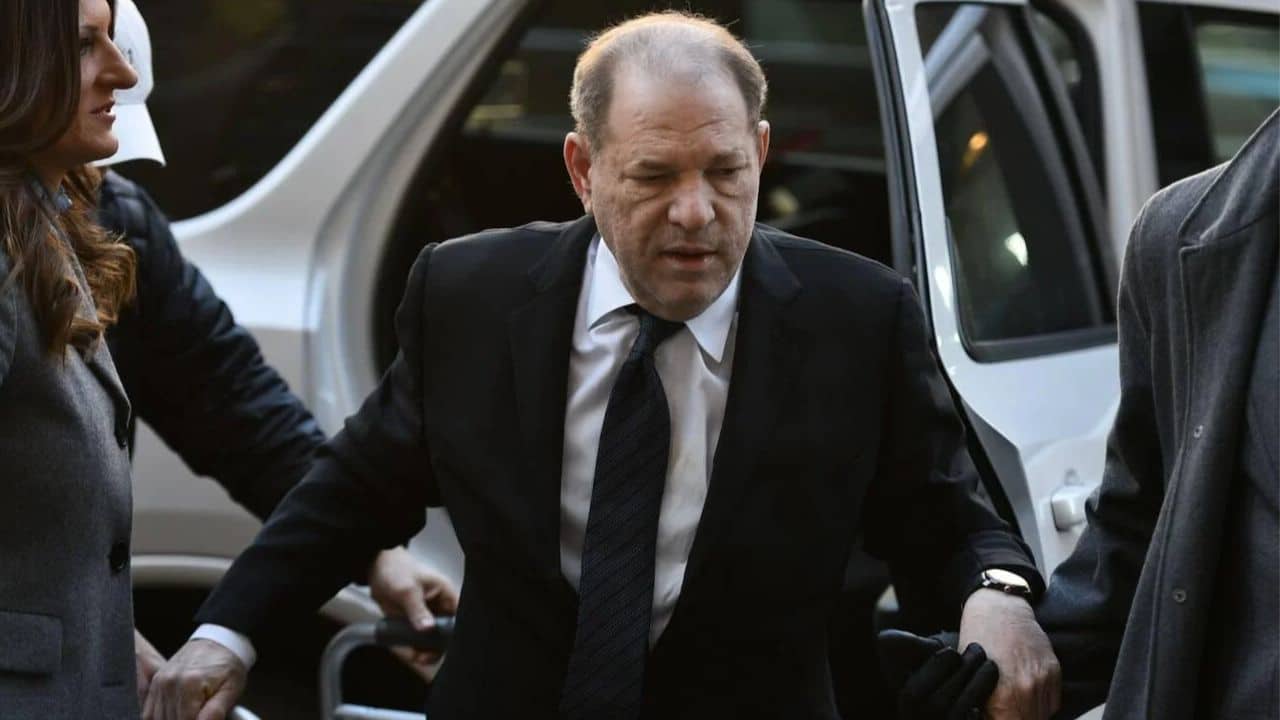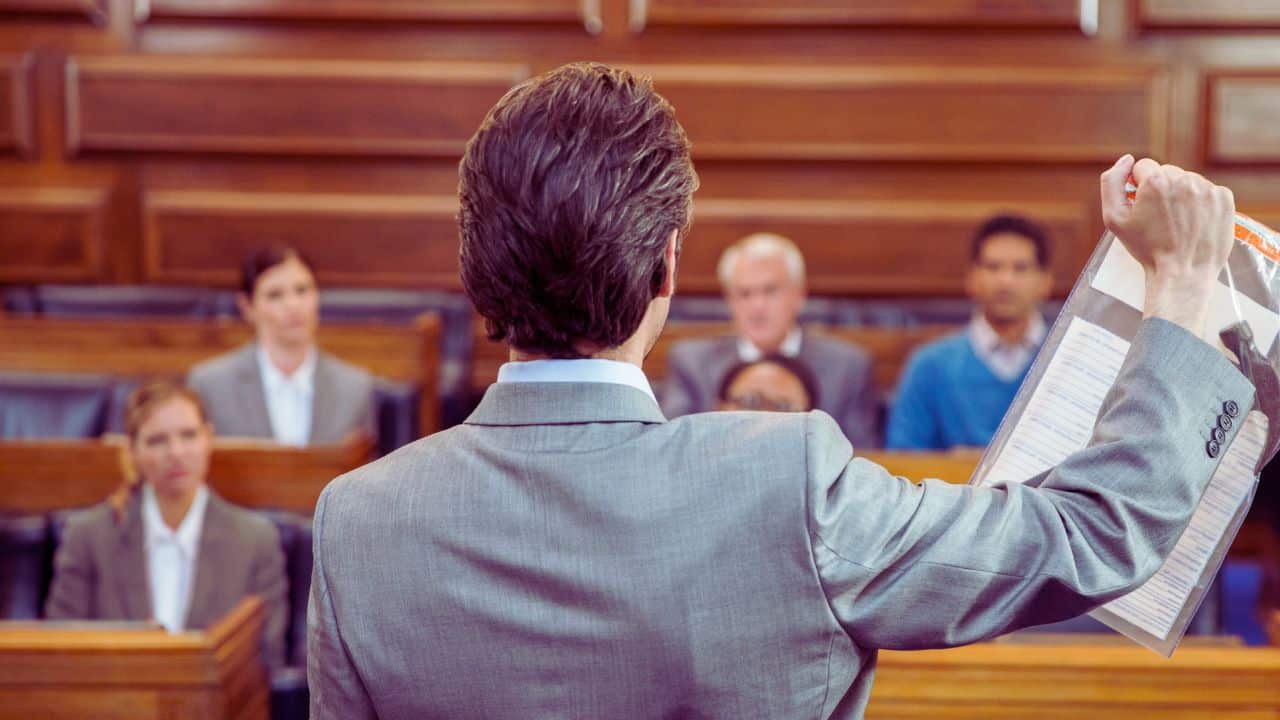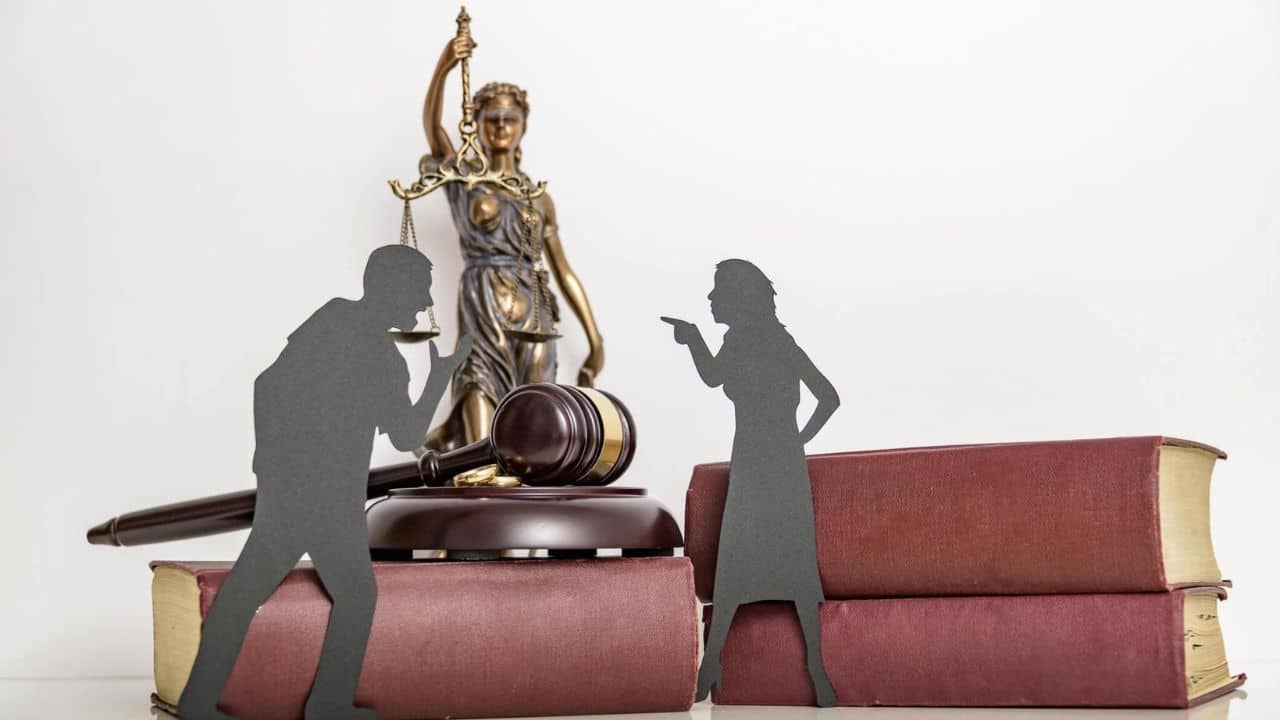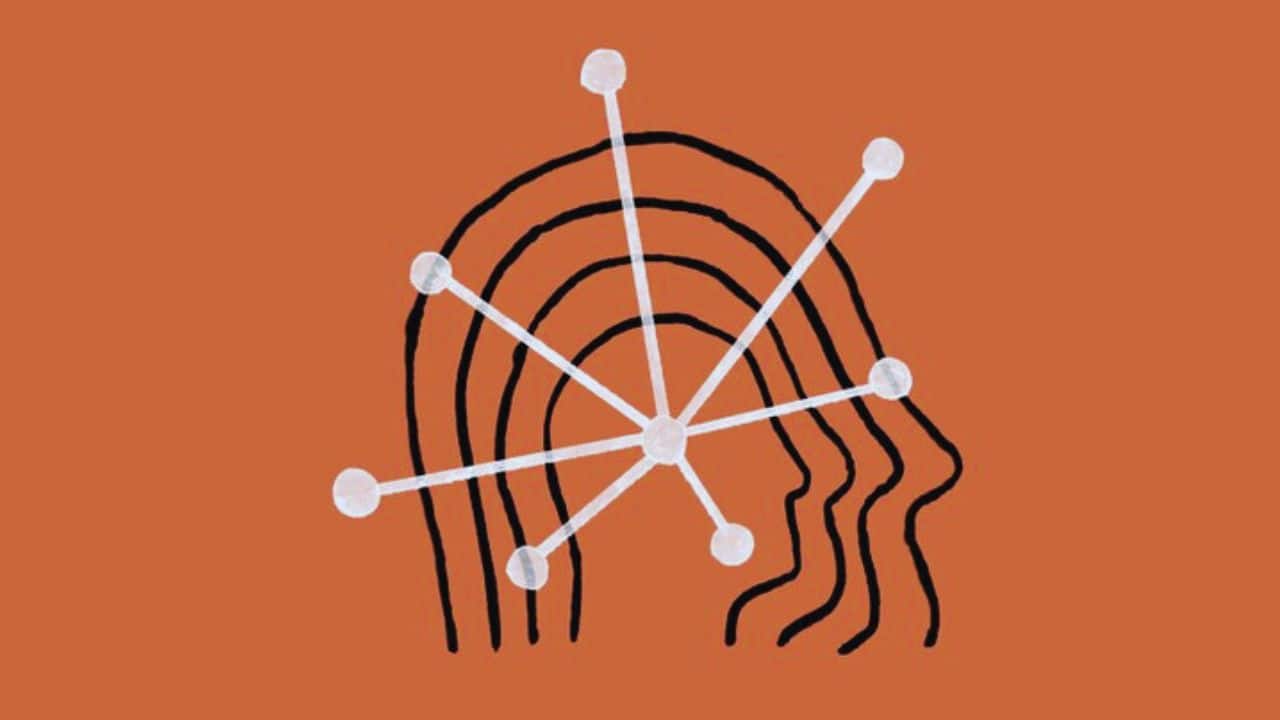The frequency and severity of wildfires in the United States are on the rise, resulting in harm to both lives and property. In 2020, the damages caused by wildfires in California exceeded $10 billion. As the occurrence of wildfires continues to grow, it becomes crucial to grasp the consequences associated with these events.
In this blog post, we interview a specialized Maui wildfire attorney who assists clients in navigating the challenges that arise following a wildfire.
Understanding Insurance Claims for Losses Incurred by Wildfires
One of the primary legal hurdles after a wildfire revolves around handling insurance claims for property damage. Some homeowners encounter delays or even denials from their insurance companies when settling claims that are legitimate.
To expedite and ensure settlements, it is essential for individuals to carefully review their policy documents and maintain records of their belongings. Whenever possible, capturing photographs that document what has been lost or damaged can be immensely helpful.
Additionally, an experienced wildfire attorney can provide guidance in interpreting policy language, helping you comprehend your entitlements, and buying you time during negotiations with your insurance company.
Addressing Negligence Concerns
The negligence law comes into play when someone’s negligence causes wildfires, whether it’s an individual or an organization, like government agencies failing to maintain firebreaks – which are known as space around private homes – due to budget constraints. In such cases, they can be held accountable for the damages caused by these fires.
Similarly, individuals whose careless actions spark wildfires may also face consequences under gross negligence liability charges. For example, suppose someone starts a campfire during summer heat advisories without taking precautions like wetting the surrounding grasslands or completely clearing away debris. In such a case, they may be held responsible unless exempted by other pre-established laws prioritizing public safety through measures like impartially evacuating affected areas promptly.
Collaborating With Public Institutions After Wildfires
Certain state-run institutions develop communities and national parks in areas to attract tourists. When wildfires originate from these locations due to negligence in providing resources to prevent fire spread, these institutions could be held liable.
In cases where housing developments have been constructed near forests, the planning permits might not have adequately considered wildfire risks. When such situations arise, it becomes difficult to hold private parties or builders accountable if they don’t adhere to procedures while prioritizing safety over profits. This negligence can result in disasters and expensive compensation payouts.
Responsibility of Utility Companies
Utility companies often face action related to wildfires. Inadequate maintenance practices by these companies can lead to power lines becoming overloaded. When combined with weather conditions and unprotected equipment containing materials such as dry soils that encourage ember production, fires can spread quickly due to high wind speeds. Fire damage can occur both directly from accidental arcs and indirectly from sparks.
An experienced wildfire lawyer can investigate claims against utility companies to determine whether their actions or lack thereof played a role in the spread of flames or contributed to property damage from human-caused ignitions.
Conclusion
Dealing with challenges after a wildfire is complex and requires an understanding of the law. It is crucial to seek guidance from a wildfire lawyer who will help you navigate each step strategically. The main focus usually revolves around insurance claims and holding individuals or organizations accountable in a court setting.
This aims to set the record and provide compensation for restoration efforts that benefit homeowners and potentially affected educational institutions, tree cover, farming land, and biodiversity habitats. The recovery of these lost habitats supports livelihoods and enhances long-term resilience, even though it may involve costs that could have been avoided if proper preventive measures were initially considered and effectively implemented. It is crucial to examine and monitor progress on a regular basis ensuring the safety of the public above all else. This approach aligns with the advancements in technology for achieving positive outcomes.













































